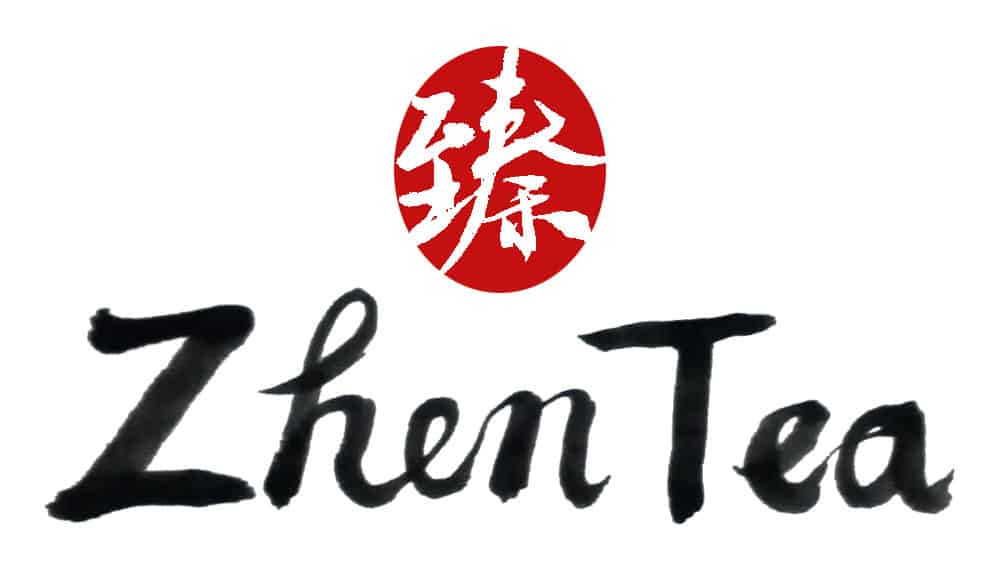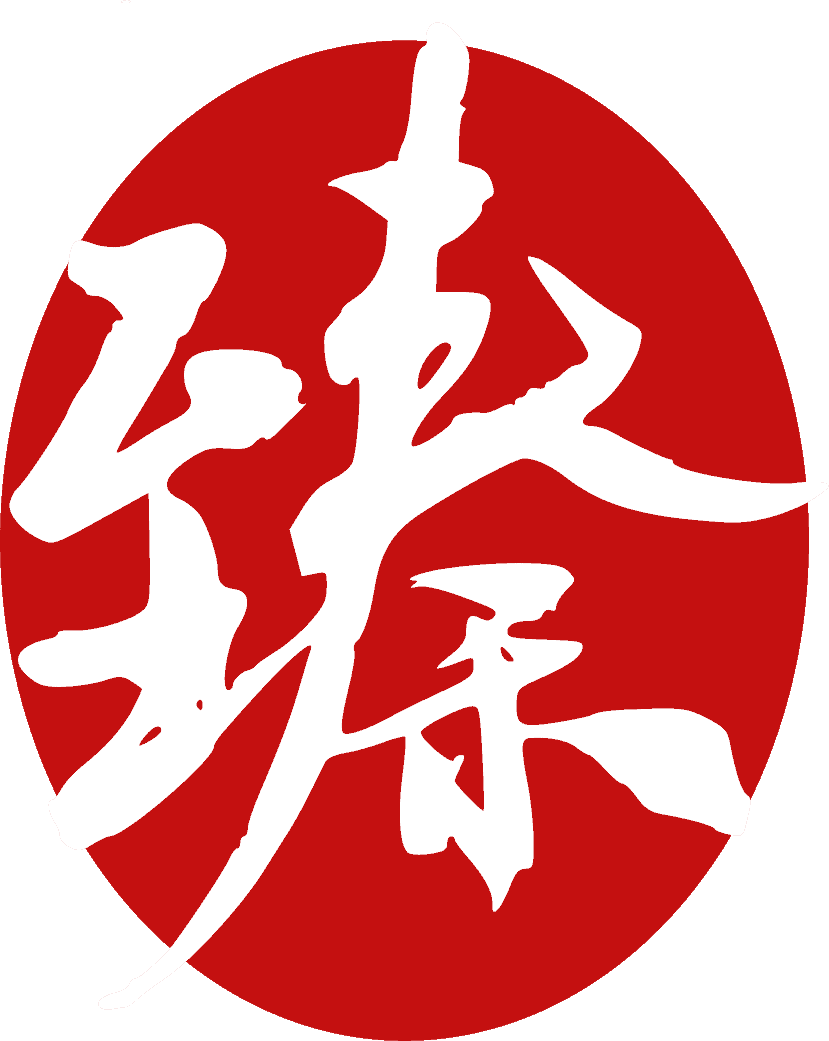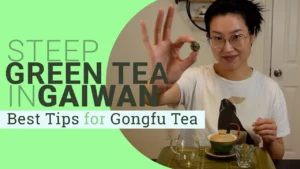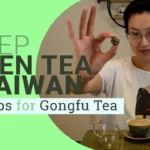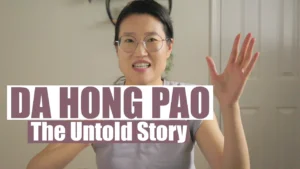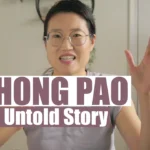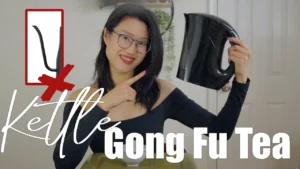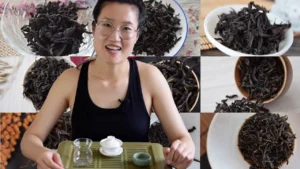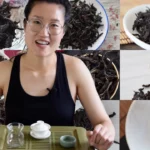Before I even started my own tea business, I noticed that the western naming of Chinese teas can be fairly chaotic and really confusing, especially for someone just getting acquainted with Chinese tea. For example in one tea store, I was told the difference between Zheng Shan Xiao Zhong and Lapsang Souchong (they are two different names for the same tea). I also heard a cute little story about Monkey Picked oolong, the story was far more memorable than the tea! In this article I will try to explain some of the reasons I think this confusion exists and suggest some practices that I feel are less prone to confusion.
What causes this confusing situation?
There are too many causes for this phenomenon to write about them all, but here are a few that I think are worth mentioning. First, I think the main source of chaos stems from the very nature of the current Chinese tea market. Besides the traditional way of naming teas, there are tons of “new” teas with “commercial names”. They are not really “new teas” because they are not new types of tea plants or innovations of process. The so called “commercial names” are actually marketing tools, used to promote sales.
Second, the language barrier adds fuel to the chaos. Some tea names have been translated word for word, such as Long Jing (Dragon Well), Da Hong Pao (Big Red Robe), Bai Hao Yin Zhen (Silver Needle), etc. Some English tea names are totally independent from their Chinese names, for example Zhu Cha is called Gunpowder in English because it resembles grains of black powder, and Queen Victoria called Bai Hao Wu Long, Oriental Beauty, which persists to this day. Some teas retain their Chinese names in the west, but in order to make them easier to pronounce, they are either spelled in mandarin pinyin or letters that suit English or Cantonese pronunciations, for example Ti Kuan Yin and Lapsang Souchong. And when it is too tricky to translate the tea name word for word, it usually appears in its mandarin pinyin form, Bi Tan Piao Xue (a high-end jasmine green tea from Sichuan Province) for instance.
Another reason that I think contributes to the naming chaos is that western blended teas are named relatively freely. Each retailer can have their own blend and name it themselves. However, Chinese tea doesn’t quite work in that way. All in all, these various ways of naming Chinese teas make it difficult for the customers to properly identify the tea they are looking for. Among all the ways of naming Chinese tea, I think the worst choice is direct translation.

Why Chinese tea names should NEVER be translated word for word into English?
In translation, names are always translated based on pronunciation. For example, famous tea provinces such as Fujing Province and Yunnan Province, are not translated as Luck Build (Fujing) Province or Cloud South (Yunnan) Province. You may have a colleague named Jun Wang, but no one would call him “Army King”. And English is quite an open language, so it’s not uncommon to see foreign words used in daily life, from sushi and kimchi to pasta, biscotti, panna cotta, and creme brulee (can you tell I love food too). None of these are directly translated, so why would anyone want to translate a Chinese tea name?
Language barrier. For non-Chinese speakers, the translation seems random and sometimes even comical, while for Chinese speakers, the translations always fall flat compared to the Chinese name. Many Chinese tea names are so artistic and poetic that the abundant information contained in just a few characters simply cannot be translated literally.
Word for word is not really translation. There is an anecdote about translation from Sosuke Natsume, a prominent Japanese writer and translator from the Meiji era. He suggested that the best way to translate the English phrase “I love you” into Japanese is “moon tonight is beautiful, isn’t it?” Because when translating, there are also speaking habits and culture differences to consider along with the literal meaning and grammar. The translation work of literature requires delicacy and care which I think should also apply to translating Chinese tea names. And I will explain this in more details in future articles regarding Chinese tea culture.
The word for word translation of Chinese tea names just doesn’t work for a lot of tea names. Take Bi Tan Piao Xue, mentioned above, directly translated it is Emerald Pond Floating Snow, which sounds a bit silly. I prefer to depict the image the tea name presents: on a winter day, the small but intense snowflakes slowly fall onto the glassy, bottomless emerald pond. It’s a quiet and peaceful scene. Moreover, it’s a metaphor for the brewed tea: the green leaves settled on the bottom while the white jasmine flowers floating on top of the liquor. In Chinese, the message is clearly connoted in the poetic name, but a word for word translation pretty much flops.[/vc_column_text][/vc_column][/vc_row]
